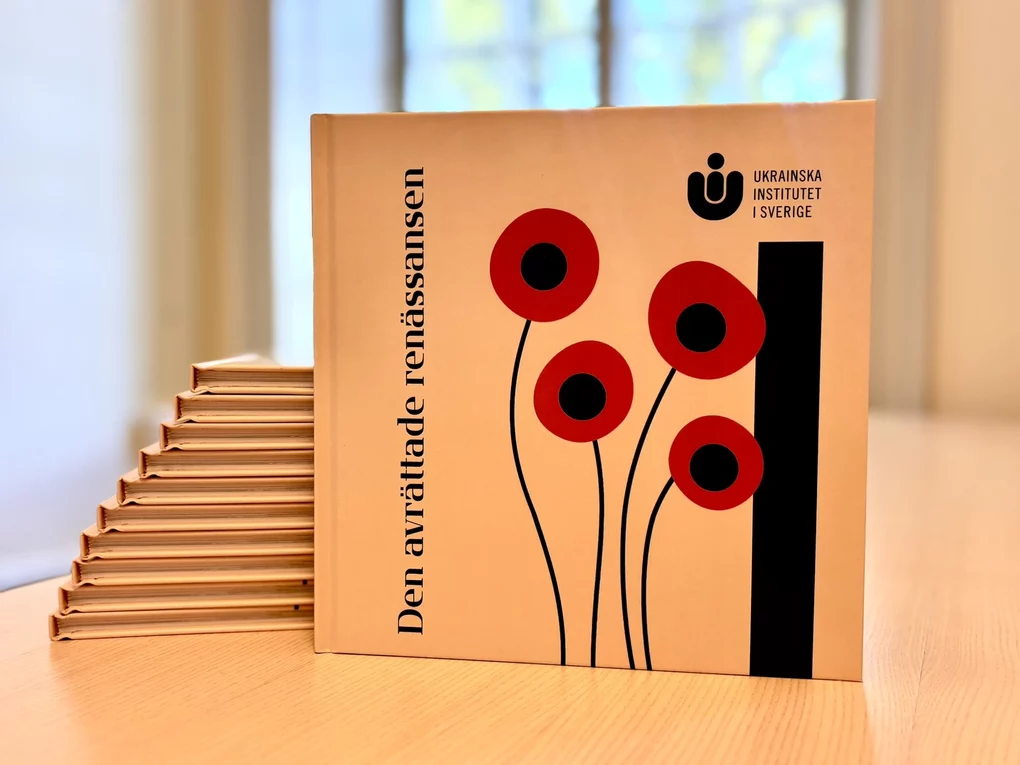Poetry of Ukraine’s “Executed Renaissance” Published in Swedish for the First Time

An anthology of Ukrainian poetry from the Executed Renaissance period has been published in Swedish for the first time in Sweden.
The Gaze reports on it, referring to Ukrinform.
The Ukrainian Institute in Sweden presented the collection Den avrättade renässansen (“The Executed Renaissance”), which includes translations of works by eleven Ukrainian poets of the 1920s and 1930s: Mykola Khvylovy, Mykhailo Dry-Khmara, Mike Johansen, Ladi Mohylanska, Yevhen Pluzhnyk, Mykhailo Semenko, Volodymyr Sosyura, Volodymyr Svidzinsky, Raisa Troianker, Pavlo Tychyna, and Mykola Zerov.
This is the first large-scale publication that introduces Swedish readers to a generation of Ukrainian artists destroyed by the Soviet regime.
The foreword to the anthology was written by the director of the Institute, Doctor of Arts Natalia Pasichnyk, who emphasized that this project is not only a cultural but also a historical gesture — an attempt to restore forgotten poets to their place in Ukrainian culture.
“It is also part of the cultural decolonization of Ukraine, which continues to this day. It is a path to a deeper understanding of the struggle for freedom that continues today,” she said.
The Executed Renaissance refers to a generation of Ukrainian writers, poets, and artists of the 1920s and 1930s who were destroyed by the Soviet regime. After Ukraine joined the USSR, cultural life flourished briefly in the country, filled with hopes for national revival and creative freedom.
However, by the end of the 1930s, Stalin's repressions had destroyed this movement: the independence of thought and national consciousness of Ukrainian artists were declared a threat to Soviet power. Many prominent authors, including Mykola Khvylovy, Mykola Zerov, and Mykhailo Dray-Khmara, were shot, sent to camps, or driven to suicide.
This period became one of the most tragic pages in Ukrainian cultural history. The “Executed Renaissance” symbolizes both the powerful surge of creative energy in interwar Ukraine and the devastating consequences of totalitarian terror. Despite decades of silence, the works of these artists have survived and are now returning to readers, testifying to the spiritual strength and desire for freedom of the Ukrainian people.
Contemporary initiatives, such as the recent Swedish publication Den avrättade renässansen, play an important role in restoring the memory of these authors to the world. Thanks to translations, their voices are finally reaching an international audience, restoring to Ukrainian culture a heritage that Soviet terror sought to erase.
As The Gaze reported earlier, on March 3, the Swedish government announced financial support of SEK 9 million for the Ukrainian Institute in Sweden to implement projects aimed at promoting Ukrainian culture.
Read more on The Gaze: Ukrainian Writers Who Were Ahead of Their Time